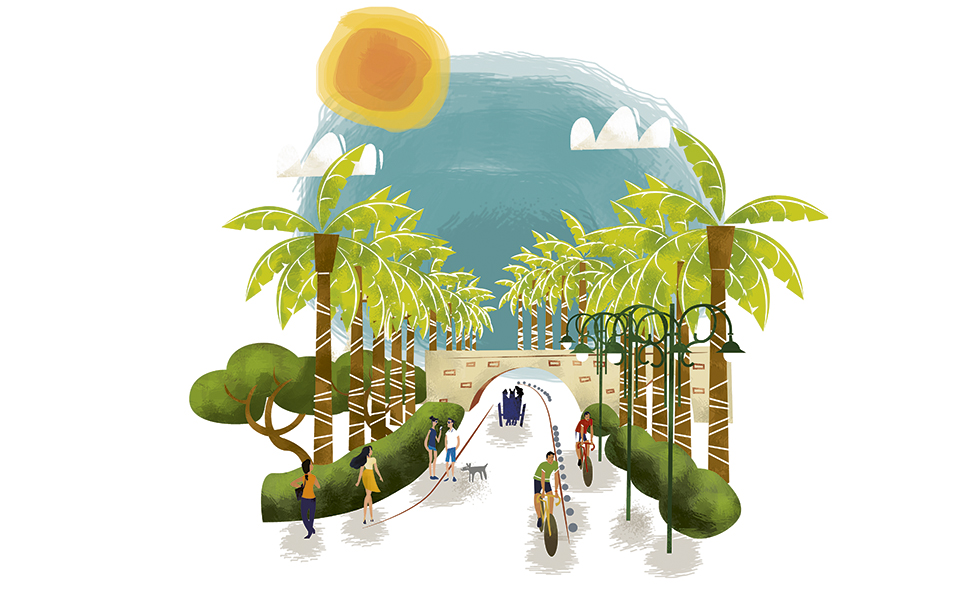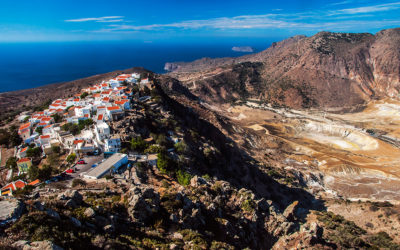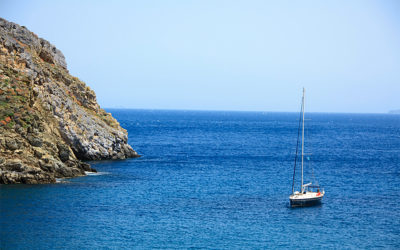
Destinations
An Expert’s Advice on What to Do and See in Kos
I first visited Kos in the spring of 1981, on my second journey around Greece. I stayed, as many backpackers did back then, in an unlicensed domátio (room) touted at the harbor. My main memories from that year are of the Asclepieion archaeological site, assorted beaches and, of course, the Castle of the Knights.
I dropped in briefly all through the 1980s, but started returning regularly in 1991 when Kos became part of my “beat” for the “Rough Guide to Greece.” I have since covered the island annually for easyJet’s “Traveller” magazine, and last year I authored the “Berlitz Kos Pocket Guide.”
Walks, Swims and Rides
Kos is neither “flat” nor “boring,” the usual slanders by uninformed travel writers. It has a forested mountain range (great for walks or mountain-biking), excellent beaches (especially “Magic” and Langadha on the south coast and Marmari on the north shore), one of the world’s greatest concentrations of orientalized Rationalist architecture (dating from the period of Italian rule) which makes a great stroll-by attraction, two excellent museums, plus outstanding taverna food and locally produced wine.
For many, one of the best aspects of visiting is Kos’ bicycle-friendliness. It’s one of the few resort islands in Greece with a usable network of cycle paths around the flat parts, and rental bikes are ubiquitous.
For my part, I have found the people welcoming and forthcoming. I speak Greek, but there are many emigrants who have returned home from Canada or Australia, so communication will not be a problem.
My Must-Sees
For a first-time visit, don’t miss the archaeological museum – just re-opened after a five-year overhaul and crammed with Hellenistic and Roman treasures – or the Casa Romana, a Roman villa with vivid floor mosaics and extensive displays on domestic life.
The Crusader-era Castle of the Knights overlooking the port is pretty much an access-all-areas attraction, unlike many other such sites.
The Asclepieion, restored by the Italians, sits in a wonderful setting and has superb views across to Turkey; on the way there or back, have lunch at one of the “Turkish” tavernas in the village of Platani, run by some of the island’s 700-strong Muslim population.
At other tavernas, sample local dishes like krasotýri (cheese marinated in red wine), pikhtí (head cheese) or pligoúri (bulgur pilaf). Kos’ wine industry has grown since the millennium, so go wine-tasting; options include Hatzinikolaou, Hatziemmanouil and Triantafyllopoulos wineries.
If it’s not high summer and baking hot, take the well-marked half-day walk from the village of Zia up to Christos Peak for the best views in the Dodecanese. After a hard day’s sightseeing, visit the Embros Therma hot springs on the shoreline beyond Aghios Fokas, where scalding water mixes with the sea inside a boulder “corral” to bearable temperatures – it’s often a little too popular, but magic on a moonlit night.
Illustration by Philippos Avramides







